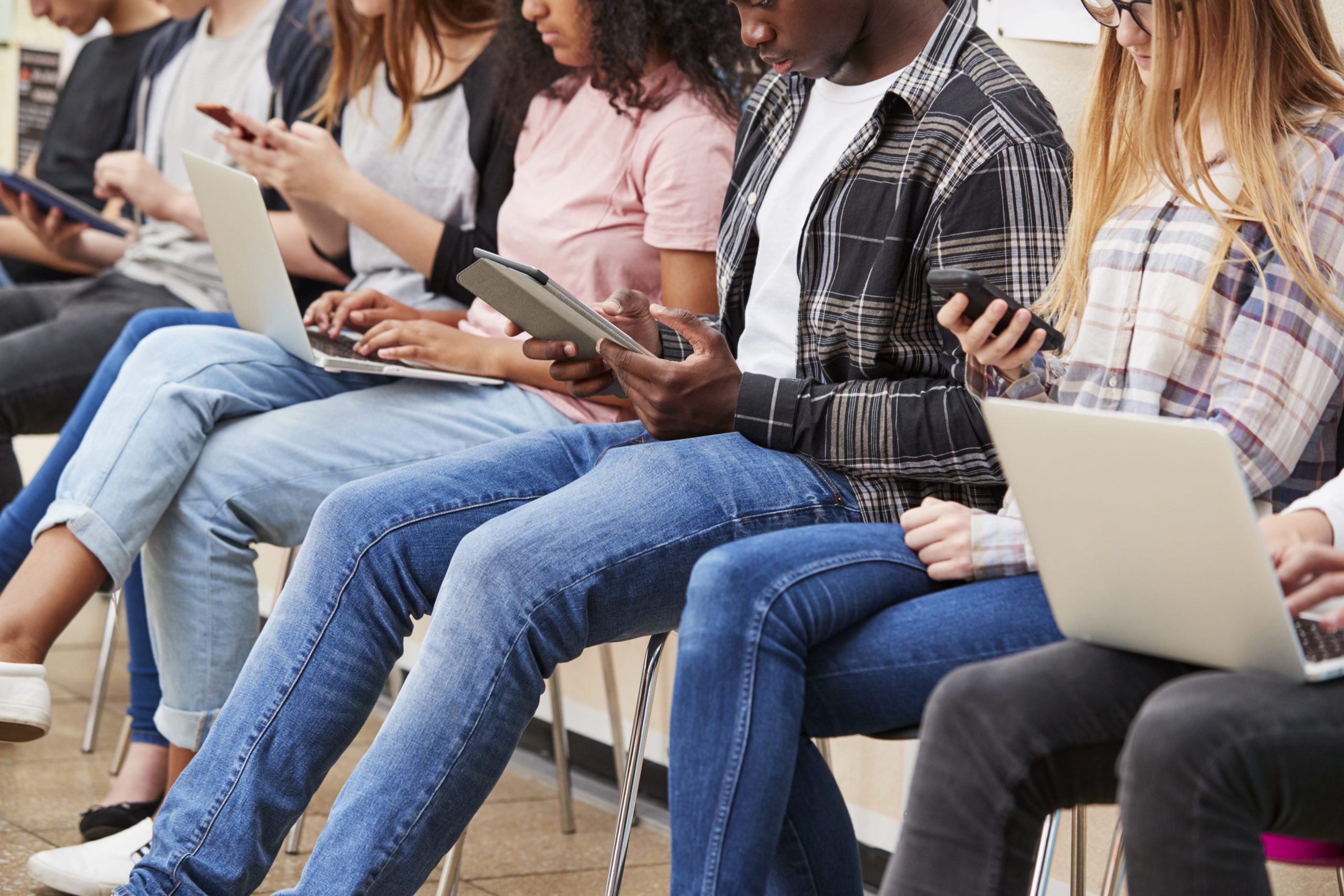College Education, Featured, Life on Campus
How Does Technology Impact Student Learning?
Editorial Staff

Technology has transformed every aspect of modern life, and education is no exception. In today’s fast-paced world, students have access to many technological tools that have changed how they learn, communicate, and interact with the world.
Technology has revolutionized how we approach education, from online classes and virtual learning environments to digital textbooks and educational apps.
For college students, technology has become an essential part of their academic journey.
In this blog article, Shaiful Islam, a tech enthusiast and CEO at AppleGadgets LTD, will explore how technology impacts college/university students learning and how they can use technology effectively for their academic success.
Current Trends in Educational Technology
Technology is constantly evolving, and the field of education is no exception. Several current trends in educational technology are shaping how students learn and teachers teach.
Blended Learning
Blended learning combines traditional classroom instruction with online learning.
This approach allows for more personalized learning experiences, as college students can work independently, and teachers can provide individualized support.
Blended learning has become increasingly popular in recent years, as it offers flexibility and convenience while still providing the benefits of face-to-face instruction.
Gamification
Gamification involves using game design elements in non-game contexts, such as education. This approach has increased student engagement and motivation, making learning fun and interactive.
Teachers can use gamification to create interactive quizzes, reward systems, and other activities that incentivize learning.
Artificial Intelligence
Artificial intelligence (AI) is a rapidly growing field that can potentially transform education. AI tools can help teachers personalize learning experiences, provide real-time feedback, and automate administrative tasks.
Virtual and Augmented Reality
Virtual and augmented reality (VR/AR) technologies are increasingly used in education to create immersive learning experiences. VR/AR tools can simulate real-world scenarios like historical events, scientific experiments, or art exhibitions.
This approach can help students better understand complex concepts and retain information more effectively.
Positive Impacts
Technology has revolutionized learning, making education more accessible, interactive, and engaging. Here are some of the positive impacts of technology on college students’ learning experiences:
Increased accessibility of information
With the internet, students can access vast information on any subject at any time. Online databases, e-books, and digital libraries make research and studying easier and more efficient.
Students no longer have to spend hours searching through physical books or traveling to the library, which allows them to focus on learning and understanding the material.
Diverse learning styles accommodated
Technology provides a range of learning options that cater to different learning styles. For example, visual learners can use videos and infographics to understand complex concepts, while auditory learners can listen to lectures and podcasts. Online discussion forums and group chats allow students to collaborate and share ideas.
Improved communication with professors and peers
Technology has also improved communication between students and professors. Students can email professors with questions or concerns, join online discussion boards, and attend virtual office hours. This allows students to stay engaged in their coursework and seek help when needed.
Enhances student engagement and motivation
Technology has made learning more interactive and engaging for students. For example, gamification techniques such as educational games, quizzes, and other interactive tools can make learning more fun and enjoyable. Students are more likely to be motivated to learn when they are engaged and interested in the material.
Negative Impacts
While technology has undoubtedly brought numerous benefits to the learning process, there are also negative impacts that must be considered. Here are some of the negative impacts of technology on college/university students’ learning experiences:
Distractions caused by technology
One of technology’s most significant negative impacts on learning is the potential for distractions. Social media, online games, and other forms of digital entertainment can be tempting distractions for students who are supposed to be studying.
Students may also feel pressure to constantly check their phones or laptops, making it difficult to concentrate on coursework.
Decreased face-to-face interaction with peers and professors
Technology has also led to decreased face-to-face interaction between students and professors. While online communication tools have made it easier to stay in touch, they must maintain the value of in-person interaction.
Lack of face-to-face interaction can also lead to feelings of isolation and disconnection, negatively impacting students’ mental health.
Dependency on technology
Another negative impact of technology on learning is that students may need to rely more on technology.
For example, students may rely too heavily on online sources for research and not develop the critical thinking skills necessary to evaluate sources effectively.
Additionally, some students may rely on digital tools such as spell checkers, calculators, or grammar checkers, which can hinder the development of important skills.
Examples
Many examples of how technology has impacted learning in colleges and universities. For example, a study published in the Journal of Educational Technology & Society found that using mobile devices to access educational resources improved students’ academic performance.
Another study published in the International Journal of Emerging Technologies in Learning found that virtual reality technology improved students’ engagement and knowledge retention in science classes.
These studies highlight the potential of it to enhance the learning experience for college and university students.
How Can College Students Use Technology Effectively for Learning?
To use technology effectively for learning, college and university students should:
- Limit distractions by disabling notifications on their devices and using apps that block distracting websites during study sessions.
- Use technology to supplement, not replace, face-to-face interaction with professors and peers.
- Develop critical thinking skills by evaluating the credibility of online sources.
- Use digital tools such as spell checkers, calculators, or grammar checkers to supplement developing important skills, not a replacement.
- Use online resources such as video tutorials, quizzes, and interactive tools to supplement classroom learning.
Conclusion
Technology positively and negatively impacts college students’ learning experiences. While it has made education more accessible, interactive, and engaging, it can also be a source of distraction and dependency. When used appropriately, technology can be a powerful tool for enhancing the learning experience.















